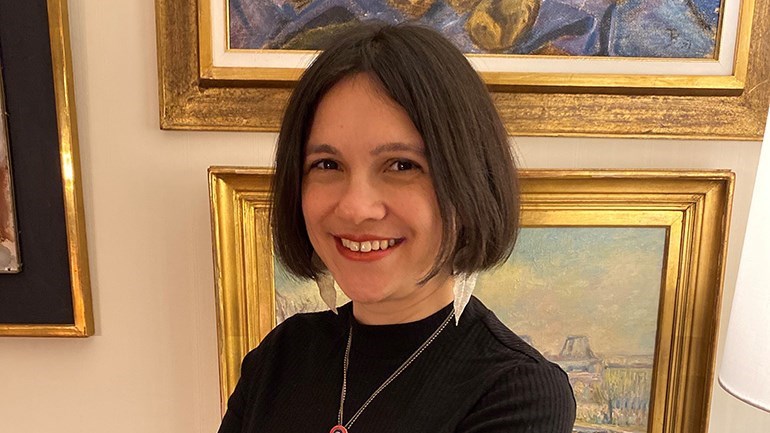Cholesterol is only dangerous in the wrong company

Marité Cárdenas is keen to research the connection between high cholesterol and our unique lipoproteins.
We are increasingly aware of the concepts of good and bad cholesterol; while high cholesterol can be treated with medicine if exercise and a changed diet are not enough to control it, it is considered important to reduce saturated fat found in fatty foods in favour of unsaturated fats found in, for example, certain fish and vegetable oils.
Low density lipoprotein (LDL) and high-density lipoprotein (HDL) are compositions of lipids (fats) and proteins. There are mainly two types of fats in our blood: cholesterol and triglycerides.
... in a way, it doesn't really matter what you put into you as long as you have a functioning metabolism.
Marité Cárdenas
The body uses triglycerides as an energy source, while cholesterol is needed to build cells and form different types of hormones. Cholesterol is therefore important for the body; it is produced by our cells, but we also get it through food.
Chemically, there is no difference between the cholesterol molecule we absorb via food and the one we produce ourselves. In contrast, LDL, the so-called bad cholesterol, always comes from food and HDL, the so-called good, from our own molecular system.
“The body embeds the cholesterol in phospholipid, a type of fat, as a protective covering. This nanodroplet is then absorbed in the intestine where it is taken up by a carrier protein forming a giant particle. This particle then travels around the body leaving behind fat molecules. What remains after this is LDL,” says Marité Cárdenas, a professor of biomedicine at Malmö University.
What also distinguishes LDL from HDL is that the former has a deficit of certain proteins and thus lacks the ability to absorb fat. Unlike HDL, which has an excess of these proteins and can therefore absorb fat. This is exactly what HDL particles do: circulates in the bloodstream like a self-propelled fat vacuum cleaner.
But there is no difference between the cholesterol itself – it's just one fat among others. It only gets bad when it ends up in bad company, which Cárdenas, in her ongoing research, focusses on.
“There is a clear connection between the composition of fats and proteins in LDL and the risk of developing cardiovascular diseases. LDL is a nanoparticle that is made up of thousands of different molecules that make each LDL particle unique. I want to understand how this variation affects the risk of disease, for example, it seems that LDL particles that are tiny are the worst, because they have an easier time getting inside and causing damage.”
According to Cárdenas, it is also only an average of ten per cent of the LDL particle that consists of cholesterol. Therefore, it is rarely the cholesterol that is decisive for how the particle behaves.
So what is the connection between high cholesterol and our unique lipoproteins? Such clinical studies have not yet been carried out, as far as Cárdenas is aware, but it is something she would like to carry out.
“What we have seen, however, is that HDL likes to take up saturated fats, but not unsaturated fats that are naturally found in the body. So, in a way, it doesn't really matter what you put into you as long as you have a functioning metabolism, because then the lipoproteins will still absorb the bad fat.”
